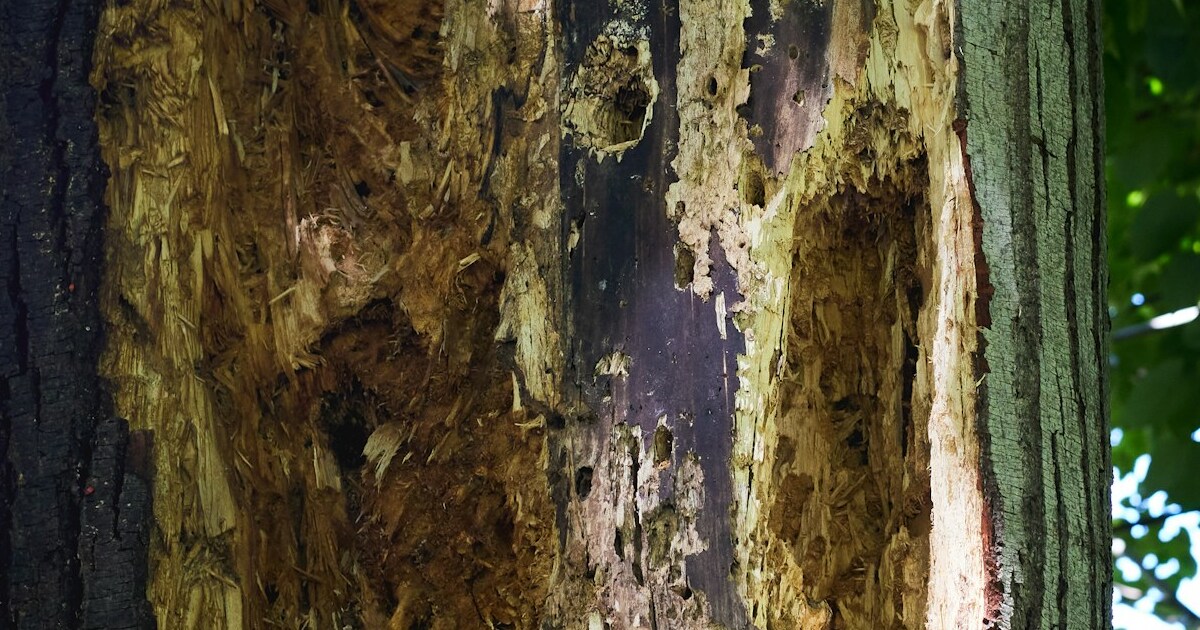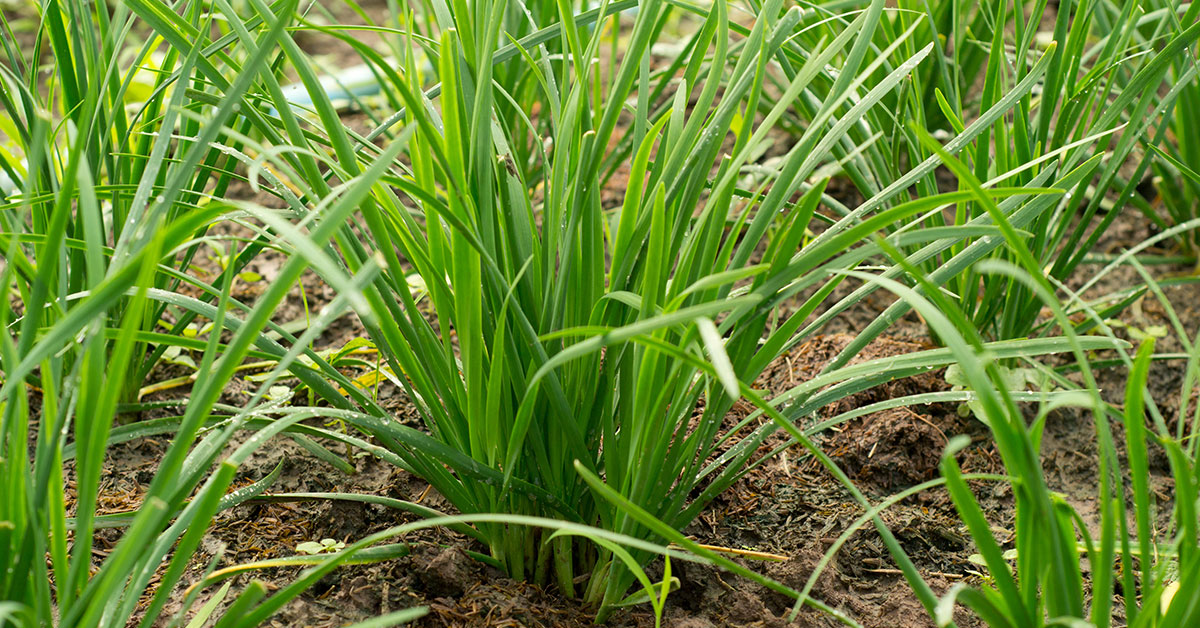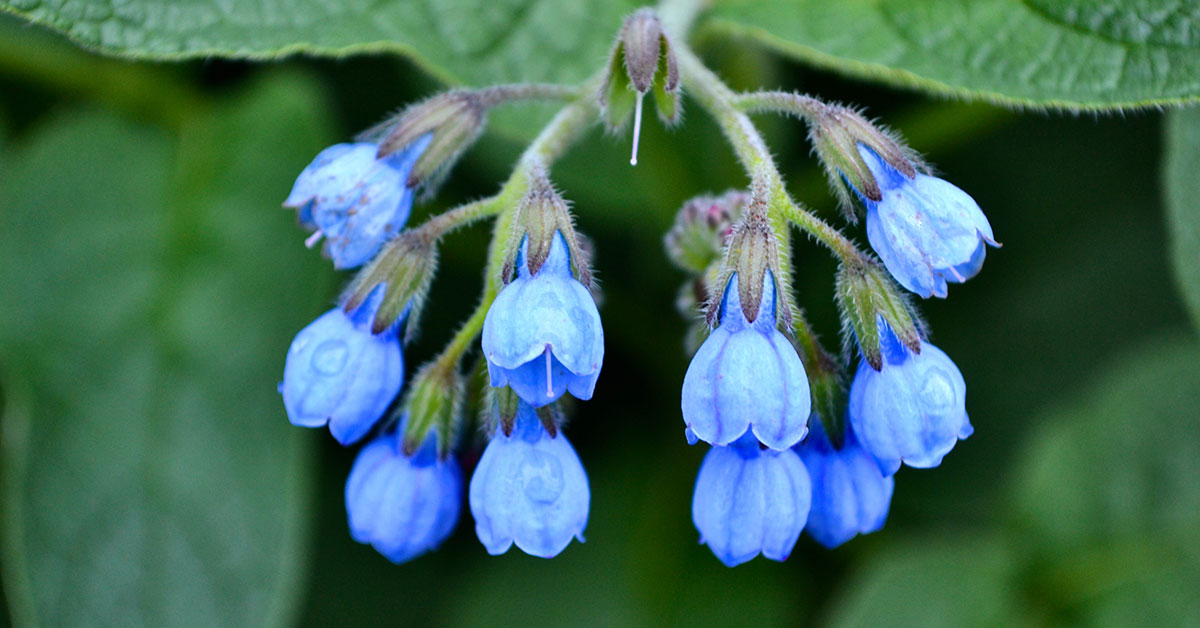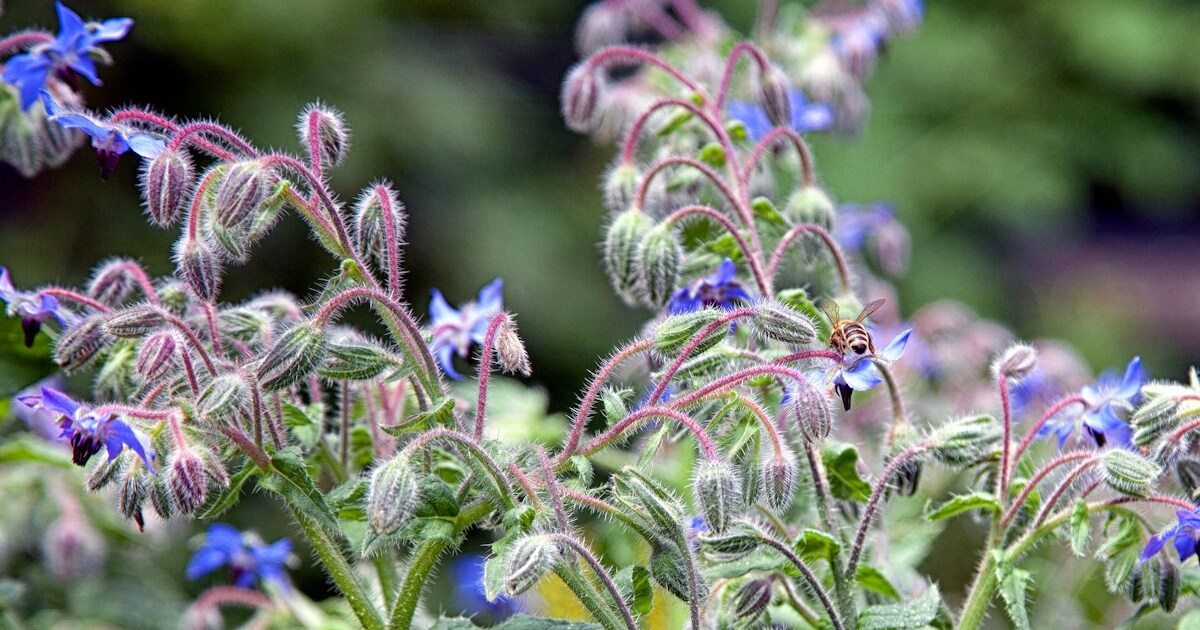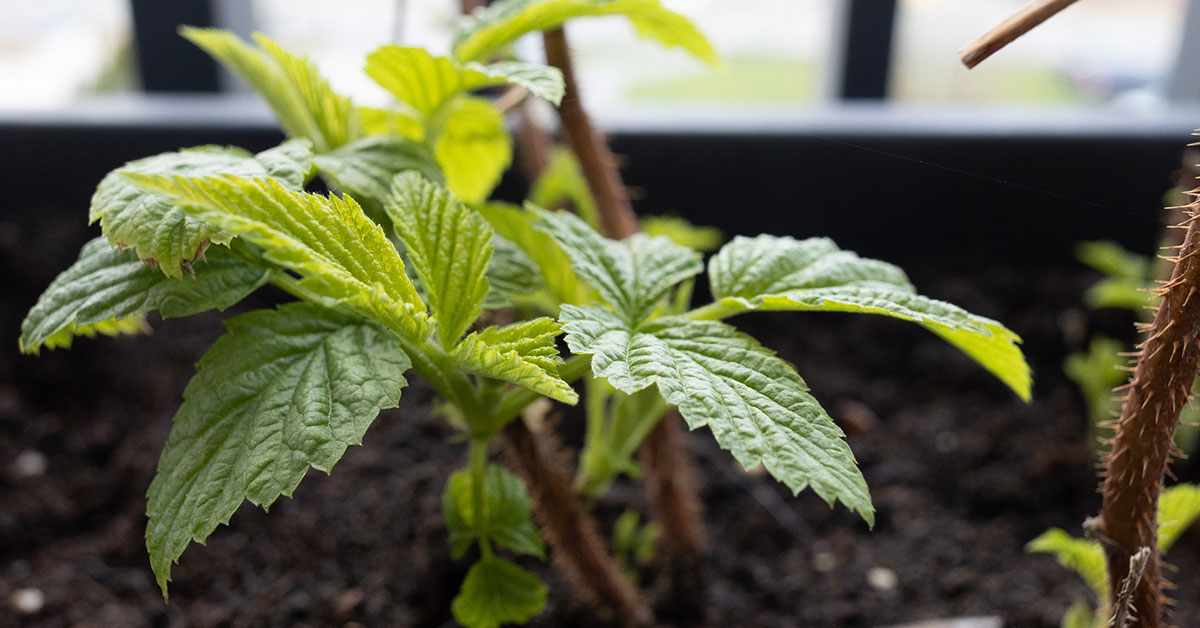Discovering termites in your garden bed can be alarming, especially if you’re concerned about the potential damage to your plants and even your home. While termites are known for their wood-destroying habits, they can also pose a threat to the health of your garden. These tiny insects feed on cellulose, which is found in wood, plant roots, and even mulch, making garden beds an attractive environment for them.
In this article, we’ll guide you through the steps you should take if you find termites in your garden bed. From understanding the risks to your plants and property to exploring natural and chemical treatment options, we’ll help you address the problem effectively. Let’s dive in and learn how to protect your garden and home from these unwelcome visitors!
Assess the Extent of the Infestation

The first step when you find termites in your garden bed is to assess the extent of the infestation. Not all termite sightings are cause for alarm, and it’s important to determine whether the termites are localized to your garden bed or if they’ve spread to other areas, particularly your home. Check for signs of termite activity, such as mud tubes on the foundation of your house, hollow-sounding wood, or discarded wings near windowsills and doors.
If the infestation appears to be confined to your garden bed, it may be possible to manage the problem with targeted treatments. However, if you suspect that termites have infiltrated your home, it’s crucial to contact a professional pest control service immediately. Termites can cause significant structural damage to buildings, so addressing the issue promptly is essential to prevent costly repairs.
Remove Affected Wood and Mulch

One of the main reasons termites might be attracted to your garden bed is the presence of wood or mulch. Termites feed on cellulose found in wood and other plant materials, so garden beds with wooden borders, buried wood debris, or thick layers of mulch can become prime feeding grounds. If you discover termites in your garden bed, start by removing any wood or mulch that may be harboring them.
Replace wooden garden bed borders with materials like stone, brick, or metal, which are less attractive to termites. If you prefer to keep using mulch, opt for materials like cedar, pine straw, or rubber mulch, which are less likely to attract termites than traditional wood mulch. By removing or replacing these materials, you can make your garden bed less appealing to termites and reduce the likelihood of a future infestation.
Treat the Soil with Beneficial Nematodes
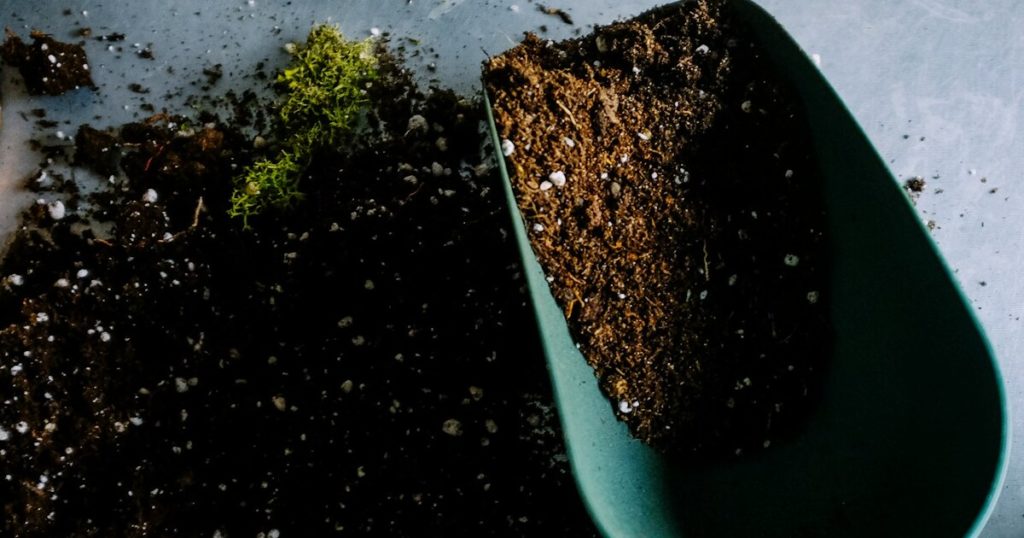
If you’re looking for a natural way to combat termites in your garden bed, beneficial nematodes are an excellent option. These microscopic worms are natural predators of termites and other soil-dwelling pests. When released into the soil, nematodes seek out and infect termites with a bacteria that kills them within a few days. This method is safe for plants, pets, and humans, making it an eco-friendly alternative to chemical treatments.
To apply beneficial nematodes, mix them with water according to the package instructions and spray the solution evenly over the affected area. Be sure to water the soil before and after application to help the nematodes move through the soil and reach the termites. Nematodes are most effective when applied in the early morning or late evening, as they are sensitive to UV light and high temperatures. With regular applications, nematodes can help reduce the termite population in your garden bed.
Introduce Termite-Resistant Plants

Another strategy to deter termites from your garden bed is to introduce termite-resistant plants. Some plants produce natural compounds that repel termites or are simply less appealing to these pests. By incorporating these plants into your garden, you can create an environment that is less attractive to termites and other insects. Some termite-resistant plants include marigolds, catnip, vetiver grass, and certain types of ferns.
In addition to repelling termites, these plants can add beauty and diversity to your garden. Marigolds, for example, are known for their bright, cheerful blooms and are also effective at repelling other garden pests like aphids and nematodes. Vetiver grass, a perennial grass native to India, has a deep root system that makes it particularly effective at repelling termites. By planting these species around the perimeter of your garden bed, you can help keep termites at bay.
Apply a Natural Termite Repellent

If you prefer to avoid chemical pesticides, there are several natural termite repellents that you can use to protect your garden bed. Essential oils like neem oil and orange oil have been shown to be effective at repelling termites. Neem oil, derived from the seeds of the neem tree, works by disrupting the termites’ growth and reproductive cycles, eventually leading to their death. Orange oil, extracted from the peels of oranges, contains d-limonene, a compound that is toxic to termites.
To use these natural repellents, mix the oil with water and spray it directly onto the soil, plants, and any infested wood in your garden bed. Be sure to reapply the solution every few days, especially after rain or watering, to maintain its effectiveness. While natural repellents may not eliminate a large termite infestation, they can be a useful tool for preventing termites from settling in your garden bed.
Consider a Chemical Treatment

In cases of severe termite infestations, it may be necessary to use a chemical treatment to protect your garden bed and home. Liquid termiticides, bait stations, and termite dust are some of the most common chemical options available. Liquid termiticides create a barrier in the soil that kills termites upon contact, while bait stations attract termites to a poison that they then carry back to their colony. Termite dust can be applied directly to infested areas and is effective at killing termites on contact.
Before applying any chemical treatments, it’s important to carefully read and follow the manufacturer’s instructions to ensure the safety of your plants, pets, and family. Additionally, consider consulting with a professional pest control service to determine the best treatment option for your specific situation. While chemical treatments can be highly effective, they should be used as a last resort after exploring natural and less invasive methods.
Monitor and Maintain Your Garden Bed

After taking steps to address the termite infestation in your garden bed, it’s important to continue monitoring the area and maintaining your garden to prevent future problems. Regularly inspect your garden bed for signs of termite activity, such as mud tubes, hollow wood, or damaged plant roots. If you notice any new signs of termites, take action quickly to prevent the infestation from spreading.
Maintaining a healthy garden bed also involves proper watering, mulching, and soil management. Avoid overwatering, as excess moisture can attract termites and other pests. Instead, water your garden in the early morning to allow the soil to dry out during the day. Use mulch sparingly and opt for termite-resistant materials to reduce the risk of attracting termites. By staying vigilant and proactive, you can keep your garden bed termite-free and ensure that your plants thrive.
When to Call a Professional

If you find that the termite infestation in your garden bed is extensive or if you suspect that termites have spread to your home, it’s time to call in a professional pest control service. Termites can cause significant damage if left untreated, and professional exterminators have the expertise and tools to effectively eliminate these pests. They can also help you identify potential risk factors in your garden and home and provide recommendations for preventing future infestations.
Professional pest control services can offer a range of treatment options, from natural methods to chemical interventions, depending on the severity of the infestation. They can also conduct regular inspections to ensure that termites do not return. While it may be tempting to handle the problem on your own, a professional’s experience and knowledge can provide peace of mind and protect your property from costly damage.
Final Thoughts
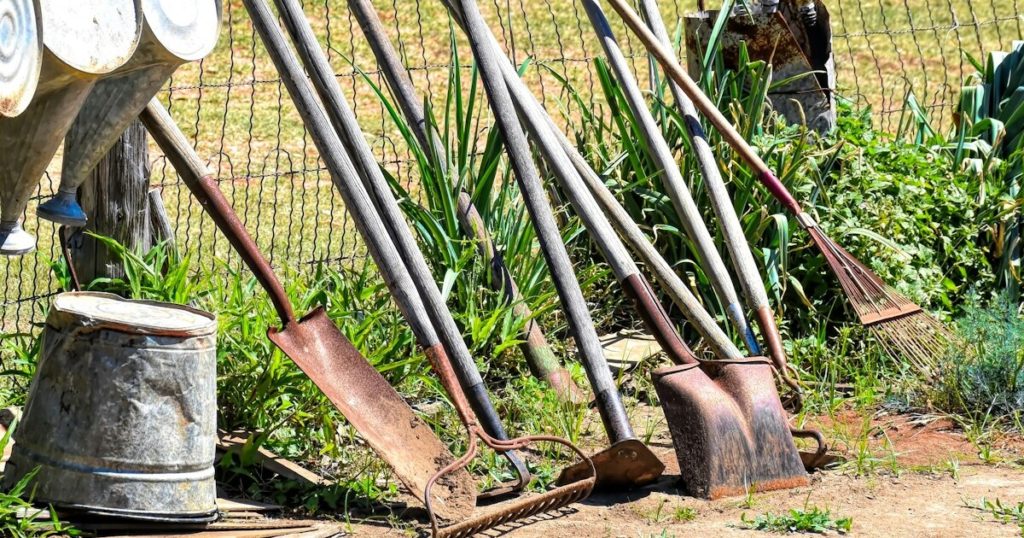
Finding termites in your garden bed can be unsettling, but with the right approach, you can effectively manage the problem and protect your garden and home. By assessing the extent of the infestation, removing attractive materials, and using natural or chemical treatments, you can reduce the risk of further damage. Remember to monitor your garden bed regularly and take preventive measures to keep termites at bay.
Whether you choose to use beneficial nematodes, natural repellents, or chemical treatments, the key is to act quickly and decisively. Termites can cause serious harm if left unchecked, so it’s important to address the issue as soon as possible. With proper care and maintenance, you can enjoy a healthy, thriving garden without the worry of termite damage.


